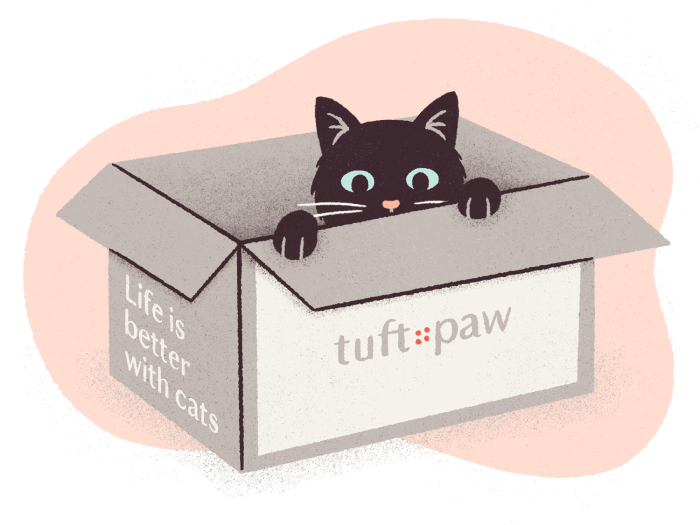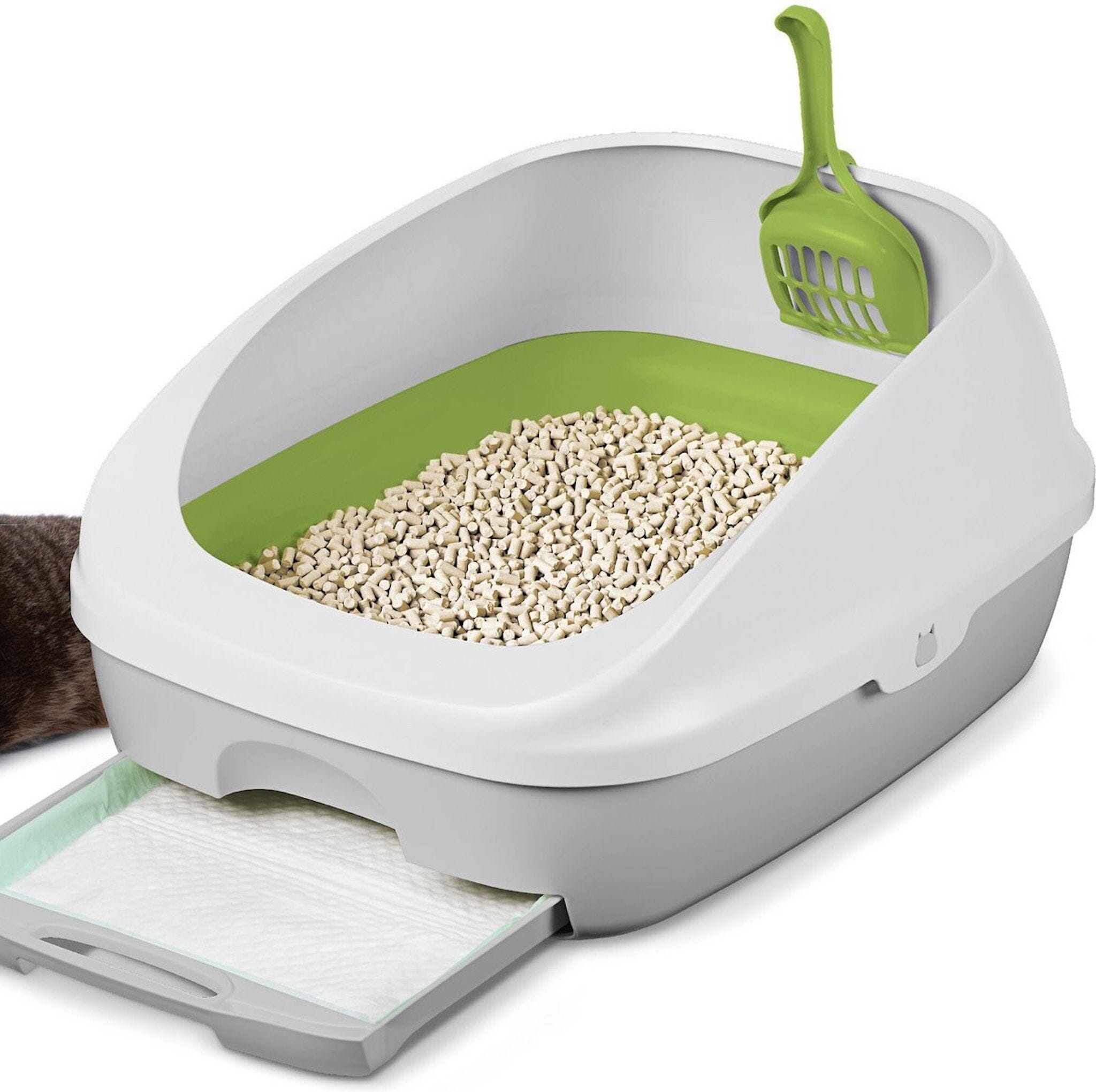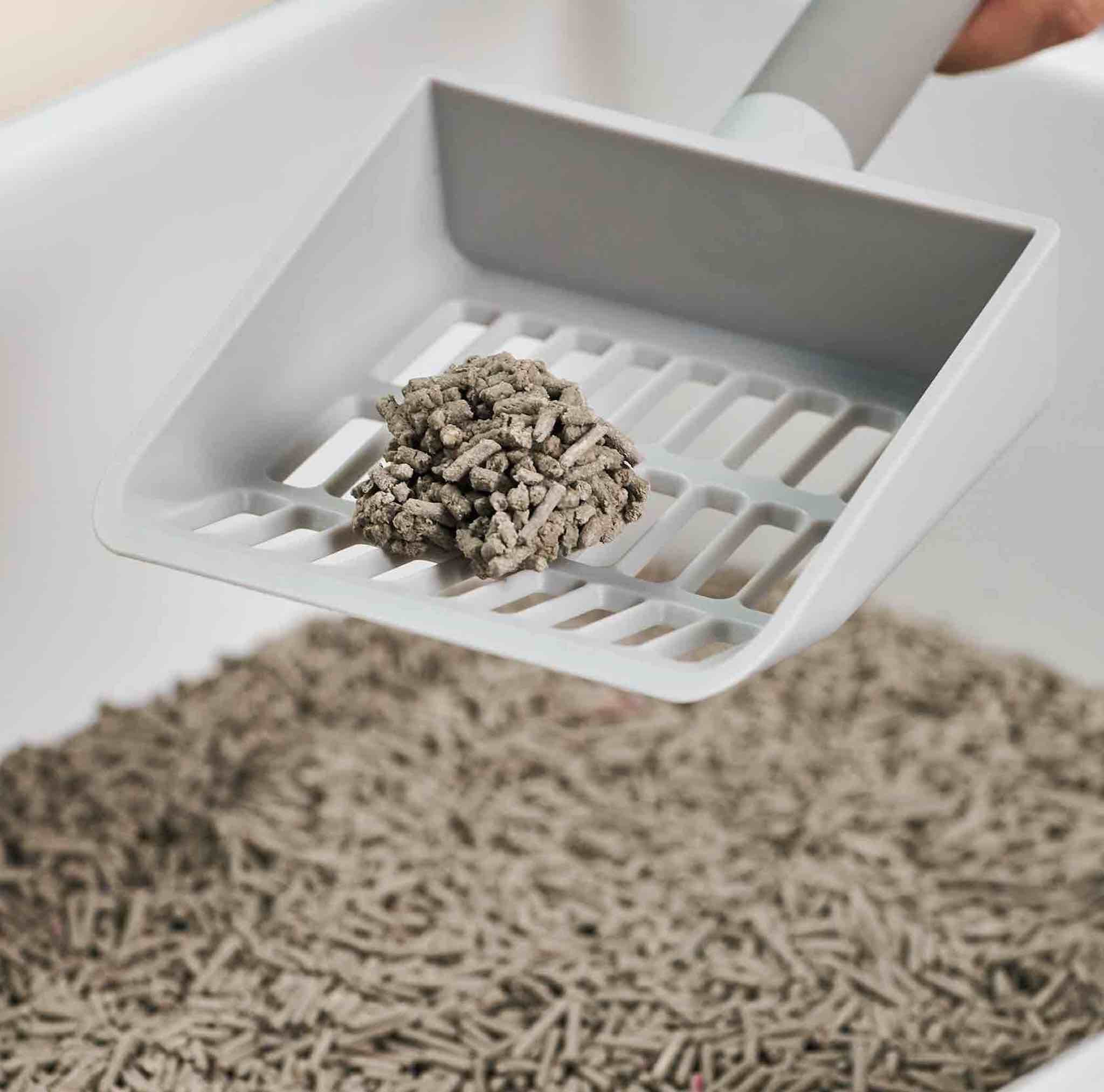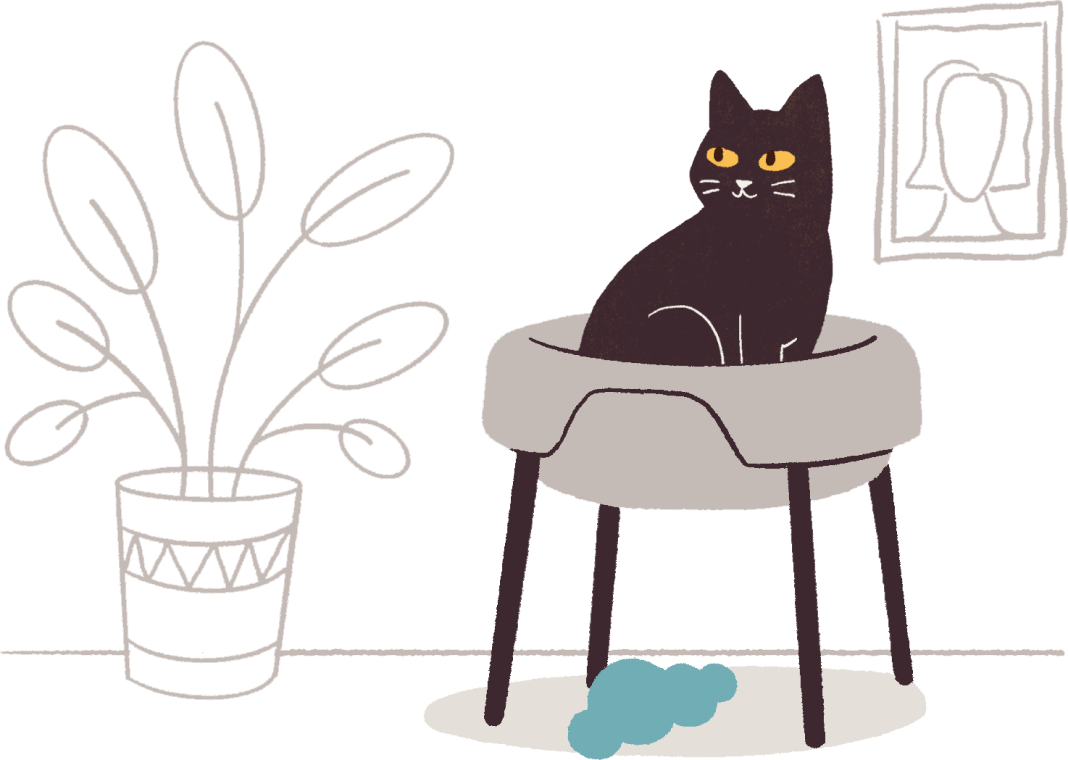Corn cat litter is one of the most popular alternatives to clay litter. Wondering what sets it apart, and whether it's the right choice for your kitty? You've come to the right place. In this comprehensive guide, we'll explore the ins and outs of corn cat litter, from its composition to the benefits and potential drawbacks.
Here at tuft + paw, we are cat experts. We've spent countless hours determining which litter features are most important to cats and cat parents alike. The information in this article is based on consultation with a cat behaviorist, veterinarian, online research, and our own experience as cat parents.
Tip: See our in-depth World’s Best Cat Litter Review for a deep dive on the most popular corn cat litter.
What Is Corn Cat Litter?
Corn cat litter, also referred to as corn cob cat litter, is a natural alternative to traditional clay or silica-based litters. It's made from compressed dried corn, so it falls under the category of natural cat litters—being made from renewable ingredients rather than mined substances like clay or silica. Notably, corn cat litter is entirely safe for both cats and their human companions.
This type of cat litter is very absorbent, and most variants are clumping, making them easy to scoop. Moreover, most corn cat litters boast a crucial eco-friendly edge, being 100% biodegradable and often flushable (although the latter feature depends on the brand's specific formula).
 Cove Litter Box by tuft + paw
Cove Litter Box by tuft + paw
Benefits of Corn Cat Litter
Eco-Friendly
Corn cat litter ranks high on eco-friendliness. Unlike clay, which is strip-mined and poses significant environmental concerns, corn-based litters are crafted from renewable crops. This means they’re also natural and biodegradable.
Healthier Than Clay Litter
Corn cat litter does not share the health concerns associated with clay litter. The primary health concern with clay litters is the presence of crystalline silica dust. Silica dust is known to be a carcinogen when inhaled, which can lead to respiratory problems in both cats and humans. Furthermore, clumping clay litter uses sodium bentonite as a clumping agent, which can pose risks if ingested. The clumps formed do not break down in water and may cause blockages in a cat's gastrointestinal tract. Corn litter does break down in water, so clumps will be able to pass through if ingested.

Less Dusty Than Clay Litter
Natural cat litters, including corn, are less dusty than clay, which is notorious for its dust production. While corn is not quite as low dust as some natural pellet litters like tofu, it’s still better than clay.
Often Flushable
The convenience of flushable corn cat litter is a significant advantage. It eliminates the need to haul out bags of cat waste weekly, which encourages cat parents to scoop the litter box more frequently, benefiting both your cat and your living space.
Disclaimer: Flushing cat litter is illegal in California. Always check your local regulations before flushing cat litter. Only flush cat litter if your cat lives indoors and eats commercial food to avoid the risk of spreading toxoplasmosis.
Lighter Than Clay
Clay litter is notoriously heavy and difficult to carry. Corn cat litter is lighter in weight than clay and much less dense, so even relatively small bags of litter can last a surprisingly long time.
Problems with Corn Cat Litter
Average Odor Control
While some corn cat litters offer decent odor control, it’s not their strength. Many corn litters also suffer from an earthy “barnyard smell”, which some cat parents do not like.
Tip: See our list of the best cat litters for odor control for some alternatives.
Pricier Than Clay Litter
Corn cat litters are typically a bit more expensive than traditional clay litters. Nevertheless, they remain one of the more affordable options among natural litters.
Some Dust & Tracking
Corn cat litter is generally less dusty and prone to tracking than clay litter. However, fine grain corn litters may exhibit some tracking tendencies and dust production.
 Corn litter's small particles are easy for cats to carry out of the litter box. Cove Litter Box by tuft + paw.
Corn litter's small particles are easy for cats to carry out of the litter box. Cove Litter Box by tuft + paw.
Prone to Spoilage
Due to its grain-based composition, corn cat litter is susceptible to mold and spoilage in humid, warm conditions.
Aflatoxin Concerns
With corn cat litter there is some concern about aflatoxin, a poisonous substance produced by specific molds that grow on food crops. Fortunately, this is only harmful if ingested, so the risks are limited unless your cat has a history of consuming their litter.
How to Use Corn Cat Litter
Using corn cat litter is a straightforward process:
- Pour 3-4 inches of corn cat litter into a clean litter box.
- Allow your cat to use the litter box as usual.
- Scoop out solid waste and urine clumps, disposing of them in a garbage bin.
- Alternatively, you can flush your cat's waste if it's safe to do so.
- Repeat steps 3 or 4 as needed until it's time to replace the litter, typically every 3-4 weeks.
Disclaimer: Flushing cat litter is illegal in California. Always check your local regulations before flushing cat litter. Only flush cat litter if your cat lives indoors and eats commercial food to avoid the risk of spreading toxoplasmosis.
 Corn litter has decent clumping. Litter Box Scoop by tuft + paw.
Corn litter has decent clumping. Litter Box Scoop by tuft + paw.
World’s Best Cat Litter: The Most Popular Corn Litter
Price: $38 for 32 lbs = $1.19/lb
Rating: 4.6/5 with 4,500 reviews on Amazon
Ingredients: corn
One standout in the world of corn cat litters is World’s Best Cat Litter. This corn-based litter is available at a reasonable price, making it an attractive choice for cat parents seeking to transition from traditional clay litter to a more natural option. It has a granular texture that offers solid clumping and effectively covers solid waste. Being flushable and unscented are additional features worth noting.
However, some users have reported a distinctive "barnyard" smell, which seems to be polarizing among cat parents. Tracking and dust have had mixed reviews, which makes sense considering the tiny litter particles. It seems that more recent bags of World’s Best have been dustier than before.
| Pros | Cons |
|
|
Conclusion
In conclusion, corn cat litter offers an eco-friendly, safe, and efficient alternative to traditional clay litters. While it may come with a few drawbacks, it's certainly worth considering for the health of your cat and the environment. World’s Best Cat Litter is a solid choice within this category, making it a top option for transitioning into the world of natural cat litters. Remember to weigh the benefits and drawbacks to determine if corn litter is the right fit for your cat.
Lastly, if you like natural, low tracking cat litter but also like the convenience of clumping litter, check out our Really Great Cat Litter. It's thoughtfully made from soybean byproduct, and it's even flushable!





